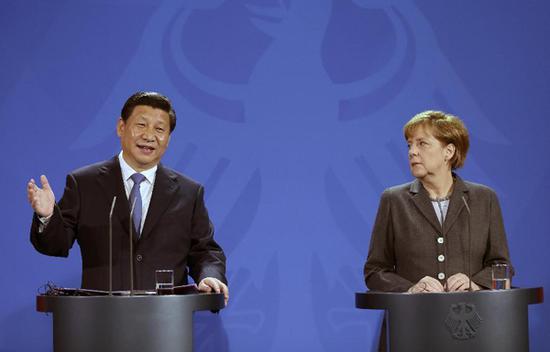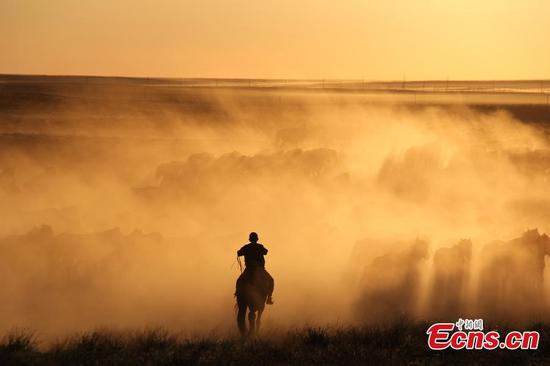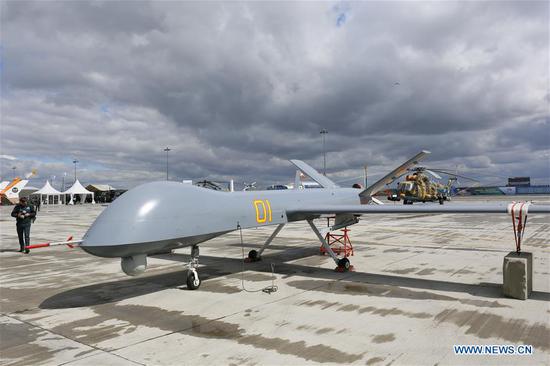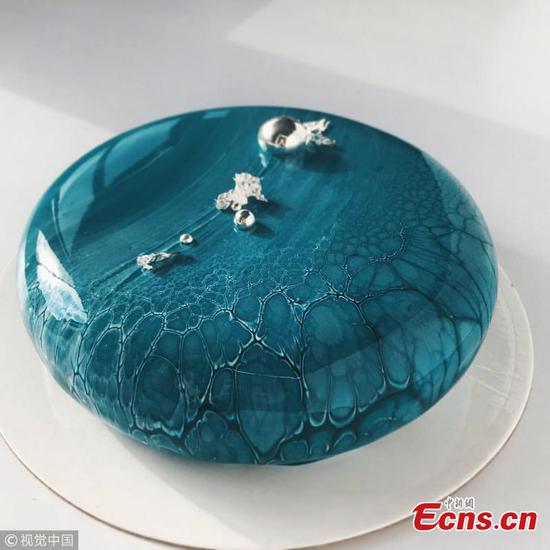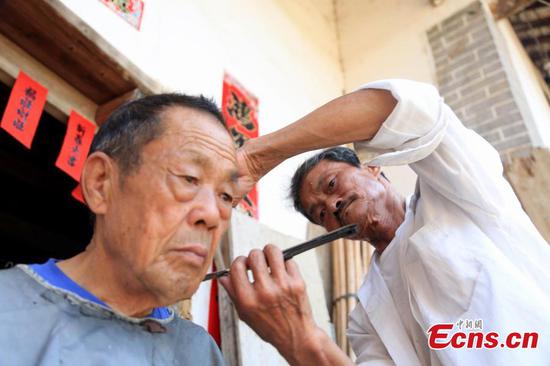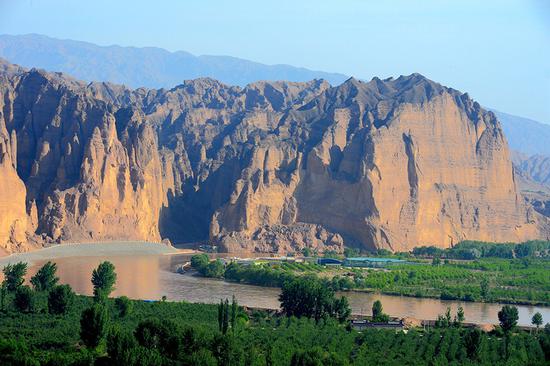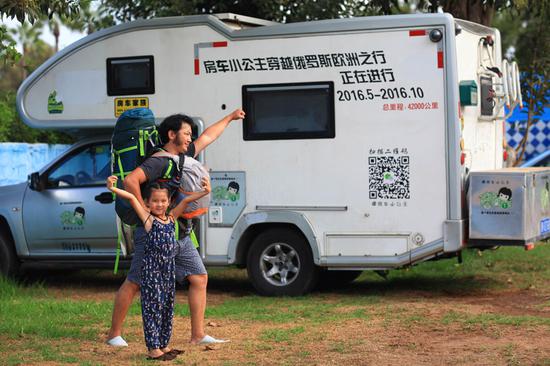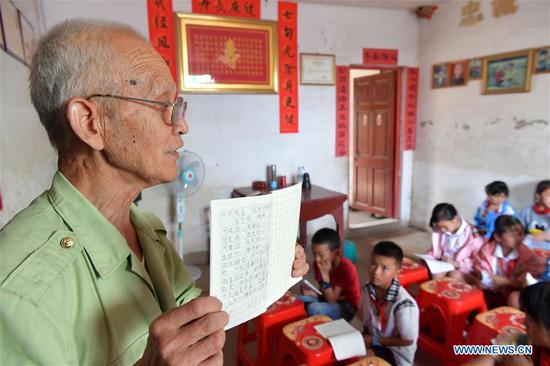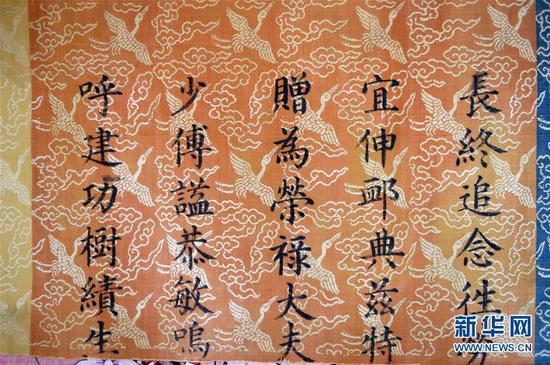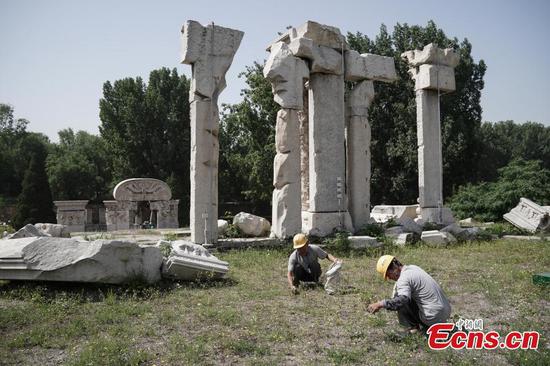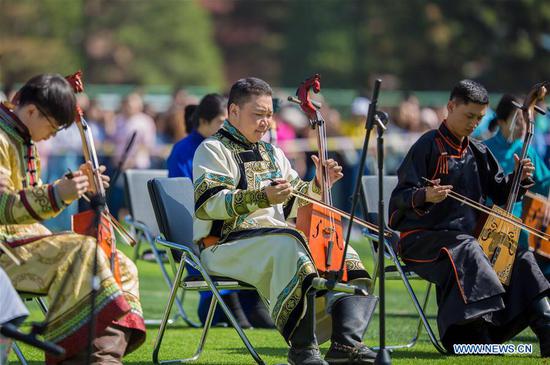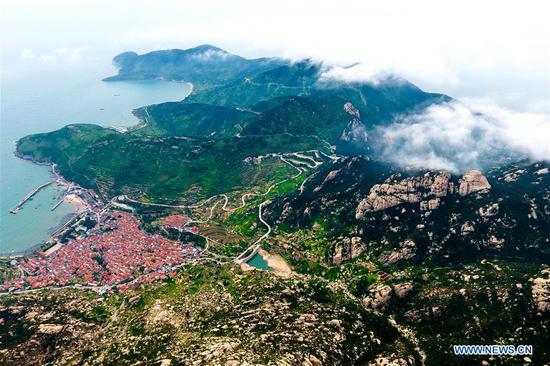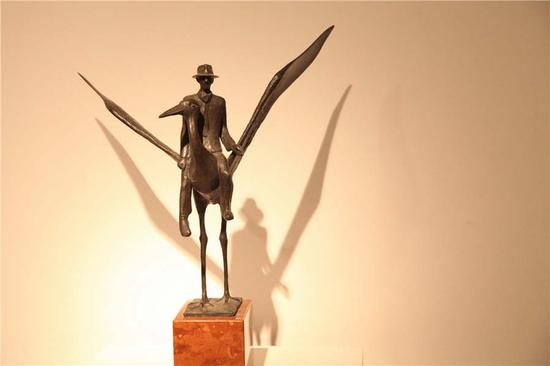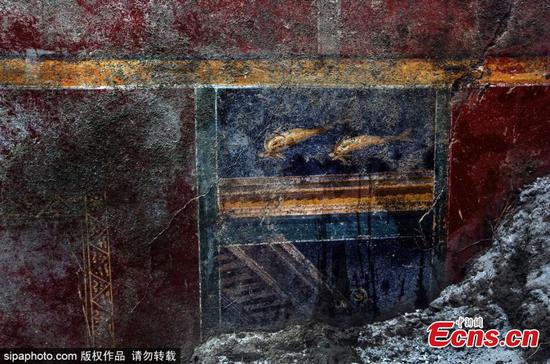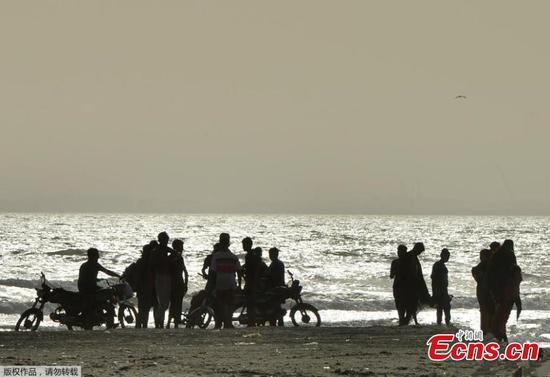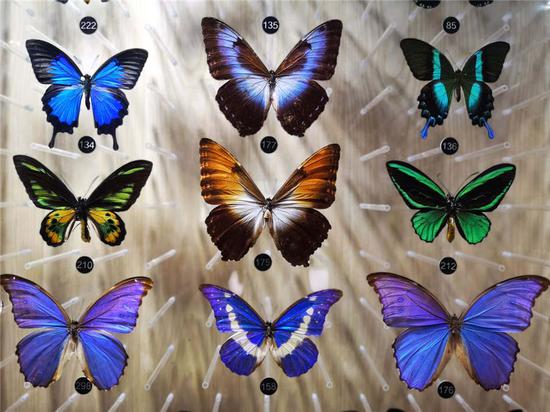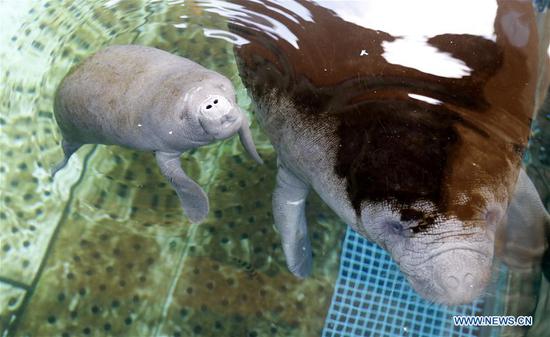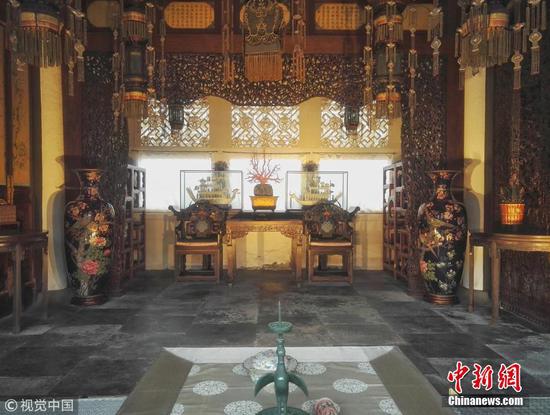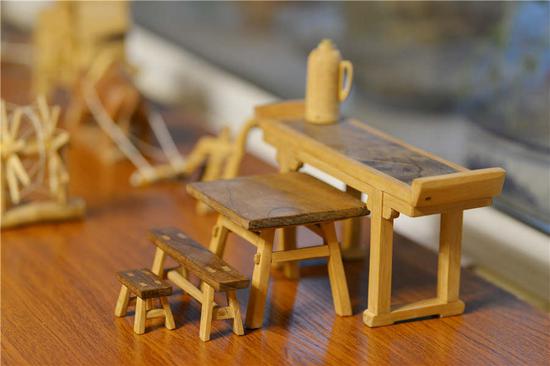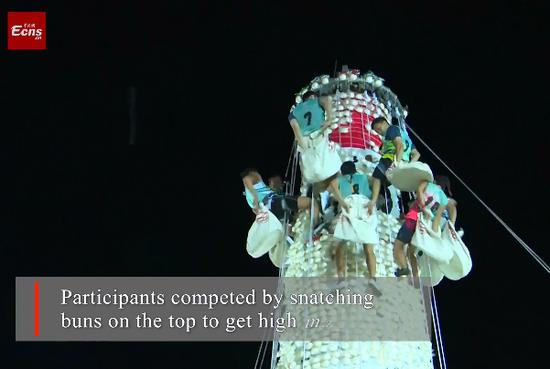"Don't forget your belongings," teacher Sun Yi warned in Mandarin.
The dozen or so 5- to 7-year-old New Yorkers sitting on the floor didn't seem to be paying much attention.
"Shall we row a boat or get a cab?" she asked, again in Mandarin. No English is allowed in thise class.
That question got the kids' attention.
"Zuo chuan! Zuo chuan!" the kids shouted, row a boat. "Chuzuche!" (a cab), yelled others.
The group had toured Wong Tai Sin Temple the day before and this morning were heading to Lautan Island, the largest island in Hong Kong, to see the Tian Tan Buddha - all in their classroom on Manhattan's Upper West Side.
"Let's row a boat first and then take a cab," Sun said picking up an imaginary paddle.
Following her lead, the children began paddling.
At Mandarin summer camp, finding the right engaging themes is critical. This summer at the Hudsonway Immersion School, teachers had to come up with themes that appeal to nearly 60 kids ranging in age from two to 12.
They decided on class adventures to the Mandarin-speaking world. With the teacher acting as a tour guide, the kids go on interactive journeys to six destinations in six weeks - Beijing, Shanghai, Hong Kong, Xi'an, Taiwan and Chengdu.
"I see the Tsing Ma Bridge! Can you see it?" Sun asked, paddling.
"I can see it!" the kids responded. Many described other things they saw. Kelly saw cabs, not the yellow cabs of New York, but the red, blue and green cabs of Hong Kong.
As Sun promised, they took cabs from the shore to the Buddha, fastening their imaginary seat belts. The whole class climbed a huge mountain, everyone pretending wipe off sweat. They watched two videos of the Buddha. They were engaged.
Ten blocks away at Planet Han Mandarin school, director Irene Coeny faced the same challenge.
"Five years ago, we had only five kids, and we could only run for one week," said Coeny. "Today, it's seven weeks and each week we have 17 to 18 kids. Now the challenge is how to plan the activities to maintain their interest throughout the day."
This year, Coeny chose the Han Dynasty as its theme. Not as academic as it sounds, a big part of the class is also a trip — down The Silk Road. The kids collaboratively built a miniature world along the route and visited the foreign lands through pictures and stories as young ambassadors.
In another classroom, a 3-year-old group was taking pictures in front of their collaborative collage of the Hong Kong skyline. Their photos would be printed out and stapled to their summer camp passport, a souvenir for the families to keep. For each city visited the kids got a visa and a stamp.
"They went through security and customs on the first day," said their teacher Lucy Hao, holding a hand-written China Airline ticket from JFK to Beijing International.
It's only fair to ask: How much of this do 3-year-olds really understand?
To Hao, the most important thing is not remembering the landmarks but getting the exposure. "The more frequently kids are exposed to anything, the more likely they'll get interested in it," she said.
"When people ask us why we wanted to come to America, we hardly have an answer," explained Hao, who came to the US seven years ago. "It may be because my mom took me to see an American movie when I was young. Right?
"Now these kids don't really understand where China is. But someday, they may really want to go to China without knowing why. The summer camp is why."
After coming down from the mountain in Hong Kong, the kids in Sun's class had taken another cab ride back to their hotel. Tomorrow, they were off to Victoria Harbour, Hong Kong.







